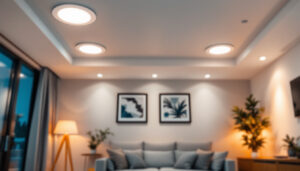
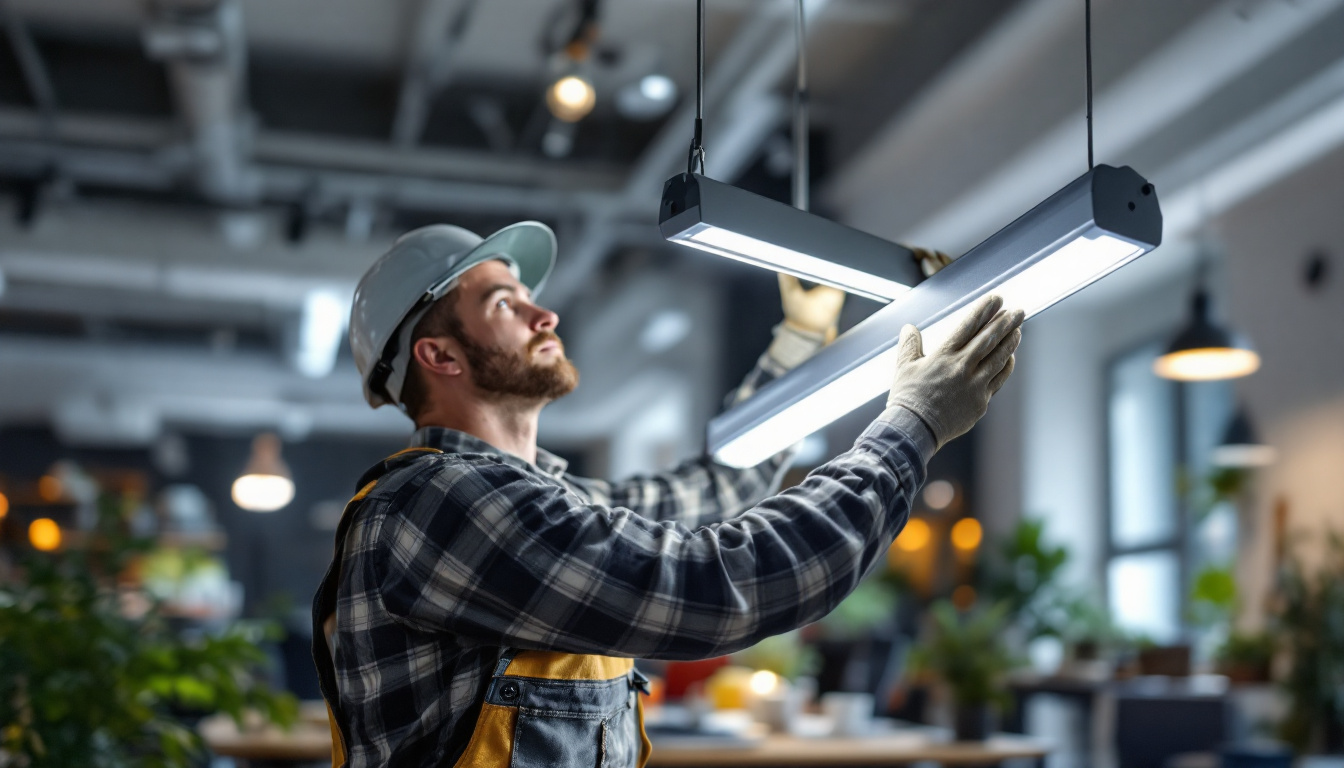
Fluorescent lighting has been a staple in commercial and industrial environments for decades. Its energy efficiency and longevity make it a preferred choice among lighting contractors. However, to maximize the benefits of fluorescent light fixtures, it is essential to understand best practices in installation, maintenance, and design. This article explores these best practices, ensuring that lighting contractors can deliver optimal results for their clients.
Before diving into best practices, it is crucial to grasp the fundamentals of fluorescent lighting technology. Fluorescent light fixtures operate by passing an electric current through a gas, which in turn produces ultraviolet light. This UV light then interacts with a phosphor coating on the inside of the bulb, emitting visible light. Understanding this process can help contractors make informed decisions about fixture selection and installation. The efficiency of fluorescent lighting is one of its most appealing features, as it can produce more light per watt than traditional incandescent bulbs, making it a popular choice for both residential and commercial applications.
Fluorescent fixtures come in various types, each suited for different applications. The most common types include:
Choosing the right type of fixture based on the specific application is crucial for achieving optimal lighting quality and energy efficiency. For instance, troffer fixtures are often favored in offices due to their ability to provide uniform lighting across large areas, while pendant fixtures can create focal points in dining areas or retail displays.
Fluorescent lights are known for their energy efficiency compared to traditional incandescent bulbs. However, it is essential to choose fixtures that comply with energy standards and regulations. Look for fixtures that are labeled with the Energy Star certification, which indicates that they meet strict energy efficiency guidelines. This not only helps in reducing energy costs but also contributes to a smaller carbon footprint, making them an environmentally responsible choice.
In addition to energy efficiency, consider the sustainability of the materials used in the fixtures. Opt for products that use recyclable materials and have a longer lifespan to reduce waste and environmental impact. Moreover, advancements in fluorescent technology have led to the development of compact fluorescent lamps (CFLs) that further enhance energy savings and reduce mercury content, making them a safer option for both users and the environment. As the demand for sustainable lighting solutions grows, manufacturers are increasingly focusing on creating products that not only perform well but also align with eco-friendly practices.
Proper installation of fluorescent light fixtures is critical for ensuring safety, efficiency, and longevity. Here are some best practices to follow during the installation process:
Before beginning the installation, conduct a thorough assessment of the space. This includes evaluating the layout, existing electrical systems, and the specific lighting needs of the area. Collaborating with clients to understand their preferences and requirements can lead to a more tailored lighting solution.
Additionally, prepare a detailed installation plan that outlines the placement of fixtures, wiring routes, and any necessary modifications to the existing infrastructure. This planning phase can help prevent complications during installation and ensure a smoother process. Consider creating a visual representation of the layout, such as a diagram or a digital model, which can help all stakeholders visualize the final outcome and make adjustments as needed. This proactive approach can save time and resources, ultimately leading to a more successful installation.
Safety should always be a top priority when working with electrical systems. Ensure that all power is turned off before beginning the installation. Use appropriate personal protective equipment (PPE) and follow local electrical codes and regulations.
When connecting fixtures, double-check all wiring connections to prevent short circuits or electrical hazards. It is also advisable to use wire nuts and electrical tape to secure connections and protect them from moisture and dust. Additionally, consider implementing a lockout/tagout (LOTO) procedure to ensure that the power source remains de-energized throughout the installation process. This practice not only enhances safety but also fosters a culture of awareness among all team members involved in the project.
The positioning of fluorescent fixtures plays a significant role in achieving the desired lighting effect. Ensure that fixtures are evenly spaced and aligned to provide uniform illumination throughout the space. This not only enhances aesthetics but also improves functionality.
Consider the height at which fixtures are installed, as this can affect the distribution of light. For instance, higher ceilings may require fixtures with higher lumen output to maintain adequate light levels on the work surfaces below. Proper positioning can also minimize shadows and glare, creating a more comfortable environment for occupants. Moreover, take into account the color temperature of the fluorescent bulbs being used, as this can significantly influence the ambiance of the space. Warmer tones may create a cozy atmosphere in residential settings, while cooler tones can enhance focus and productivity in commercial environments. By thoughtfully considering these factors, you can create a lighting design that not only meets functional requirements but also elevates the overall experience of the space.
Regular maintenance of fluorescent light fixtures is essential for ensuring their longevity and performance. Here are some best practices for maintenance and troubleshooting:
Conduct routine inspections of fluorescent fixtures to identify any potential issues before they escalate. Check for signs of wear and tear, such as flickering lights, dimming, or unusual noises. Regular inspections can help identify problems early, allowing for timely repairs or replacements.
Additionally, clean the fixtures periodically to remove dust and debris that can accumulate over time. Dirty fixtures can significantly reduce light output and affect the overall efficiency of the lighting system. Utilizing a soft cloth or a gentle cleaning solution can help maintain the integrity of the fixtures while ensuring they remain bright and effective. It’s also a good practice to inspect the surrounding area for any obstructions that might block light distribution, such as furniture or decor, which can impact the overall lighting quality.
Fluorescent bulbs and ballasts have a limited lifespan, and knowing when to replace them is crucial for maintaining optimal performance. It is advisable to keep a stock of replacement bulbs and ballasts on hand to minimize downtime in case of failures.
When replacing bulbs, ensure that the new bulbs are compatible with the existing fixtures and ballasts. Always follow the manufacturer’s guidelines for replacement to avoid any compatibility issues. Additionally, consider upgrading to energy-efficient options, such as high-performance fluorescent bulbs, which can provide better illumination while consuming less energy. This not only enhances lighting quality but can also lead to significant cost savings on energy bills over time.
Even with proper maintenance, issues can arise with fluorescent fixtures. Common problems include flickering lights, buzzing sounds, and inconsistent brightness. Troubleshooting these issues often involves checking the connections, replacing faulty components, or adjusting the fixture’s positioning.
If flickering persists after replacing bulbs and checking connections, it may indicate a problem with the ballast. In such cases, replacing the ballast may be necessary to restore proper functionality. Additionally, consider examining the electrical supply to the fixture; fluctuations in voltage can also lead to performance issues. Using a multimeter to check the voltage can help diagnose whether external electrical problems are contributing to the malfunction. Furthermore, ensuring that the fixture is securely mounted and free from vibrations can prevent mechanical issues that might affect its operation.
Designing a lighting plan that incorporates fluorescent fixtures requires careful consideration of various factors. The following best practices can help create an effective and aesthetically pleasing lighting design:
Different spaces have varying lighting requirements. For example, workspaces may require brighter, cooler lighting, while relaxation areas may benefit from warmer, softer light. Understanding the appropriate light levels and color temperatures for each area can significantly enhance the overall ambiance.
Fluorescent fixtures are available in various color temperatures, typically ranging from 2700K (warm white) to 6500K (daylight). Selecting the right color temperature based on the intended use of the space can improve both functionality and comfort.
dimming controls can enhance the versatility of fluorescent lighting systems. By allowing users to adjust light levels based on their preferences or the time of day, dimming controls can contribute to energy savings and improved comfort.
When designing a lighting system, consider integrating dimmable ballasts and compatible controls. This can provide clients with greater flexibility and control over their lighting environment.
Effective lighting design often involves creating layers of light to achieve a balanced and dynamic environment. This can be accomplished by combining fluorescent fixtures with other lighting sources, such as task lighting and accent lighting.
For instance, in an office setting, fluorescent fixtures can provide general illumination, while desk lamps can offer focused task lighting. Incorporating different layers of light can enhance functionality and create a more inviting atmosphere.
Fluorescent light fixtures offer numerous benefits for commercial and industrial applications, but achieving optimal performance requires adherence to best practices in installation, maintenance, and design. By understanding the technology behind fluorescent lighting, following proper installation techniques, and considering design elements, lighting contractors can deliver effective and efficient lighting solutions to their clients.
As the demand for energy-efficient lighting continues to grow, staying informed about advancements in fluorescent technology and best practices will be essential for lighting contractors. Embracing these practices not only enhances the quality of work but also contributes to a more sustainable future in the lighting industry.
Ready to elevate your lighting projects with the best in fluorescent fixtures? Look no further than LumenWholesale, where we provide contractors with exceptional, spec-grade lighting solutions at prices that can’t be beaten. Our commitment to quality and affordability ensures that you can confidently meet the demands of any project, big or small. With free shipping on bulk orders, you can stock up on the industry’s top lighting products without worrying about extra costs. Don’t compromise on quality or value—choose LumenWholesale for your lighting needs and make your next installation a shining success. Discover our extensive selection and take advantage of unbeatable wholesale prices today by visiting Wholesale Lighting at the Best Value.
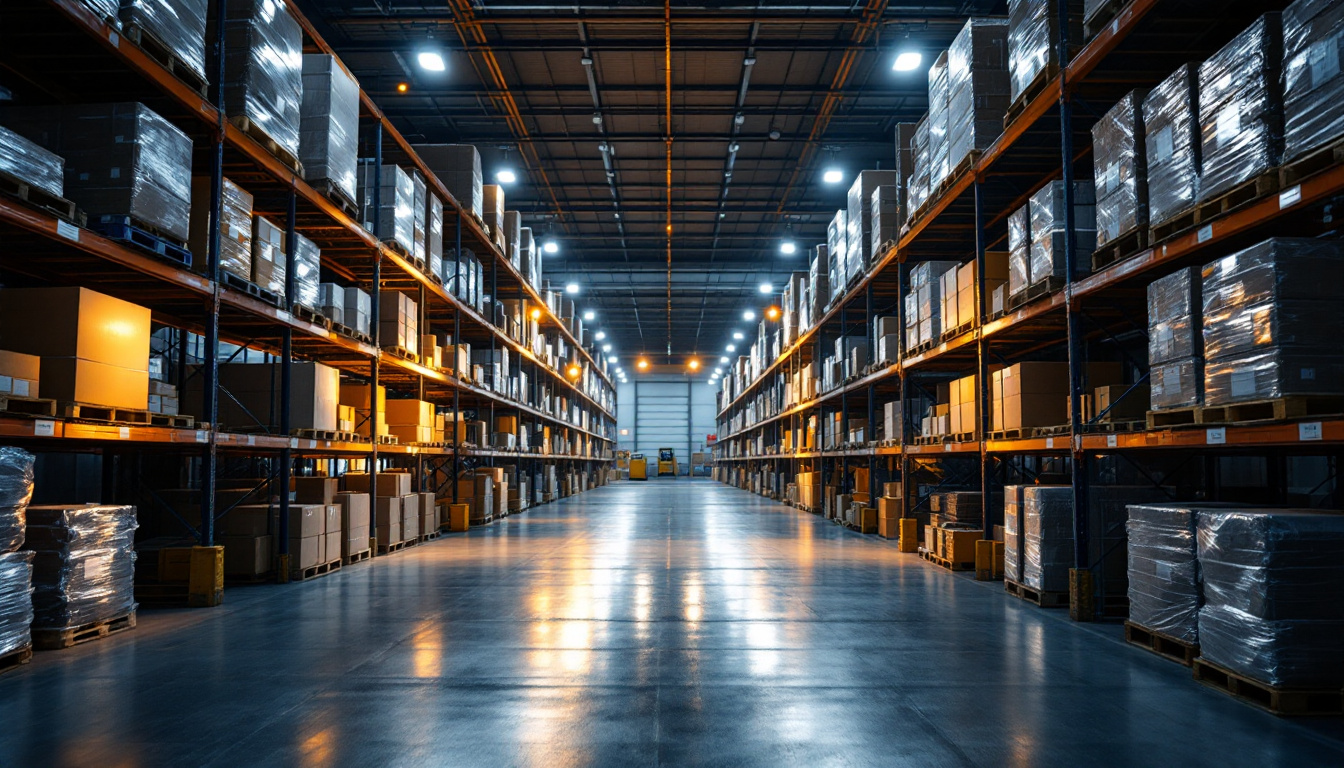
Discover the essential insights lighting contractors need to meet client expectations in warehouse projects.

Discover why opting for local distributors when purchasing grow lights in bulk might not be the best decision.
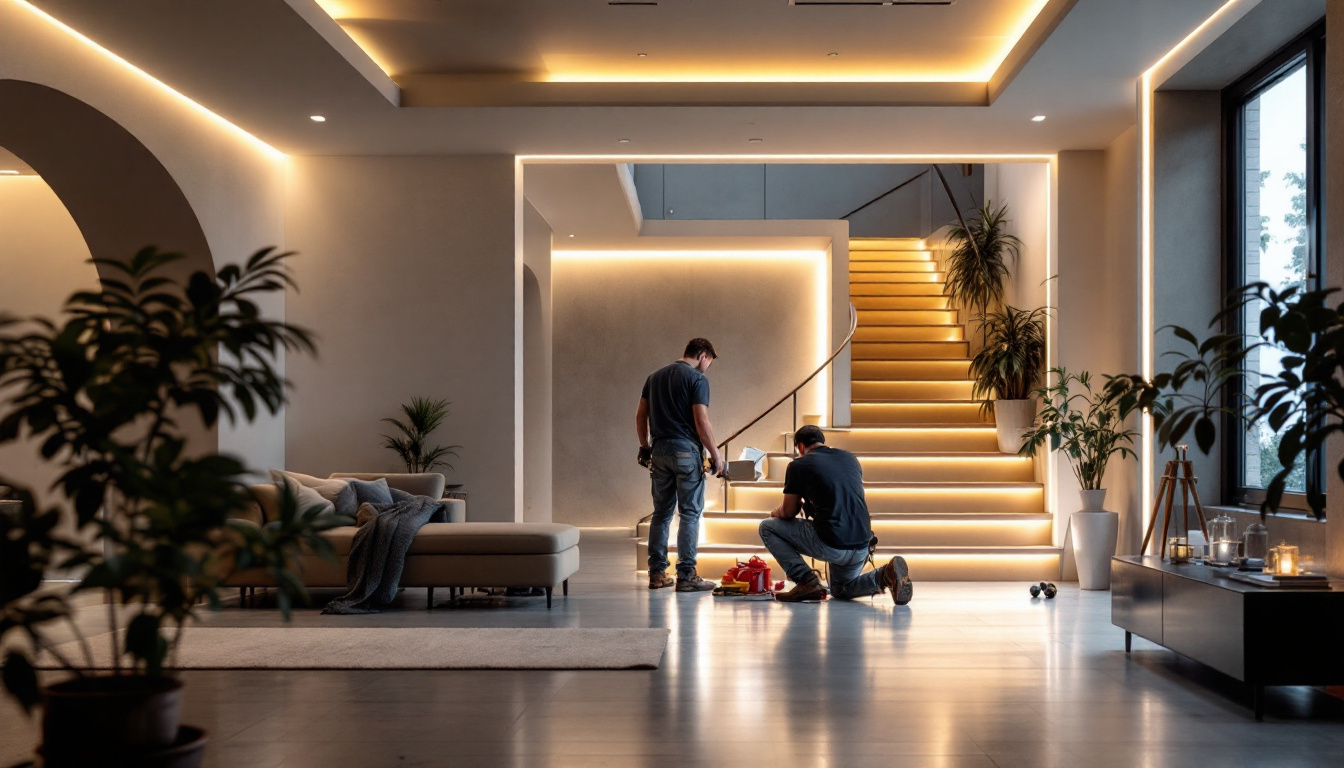
Discover essential insights into LED tape lights tailored for lighting contractors.
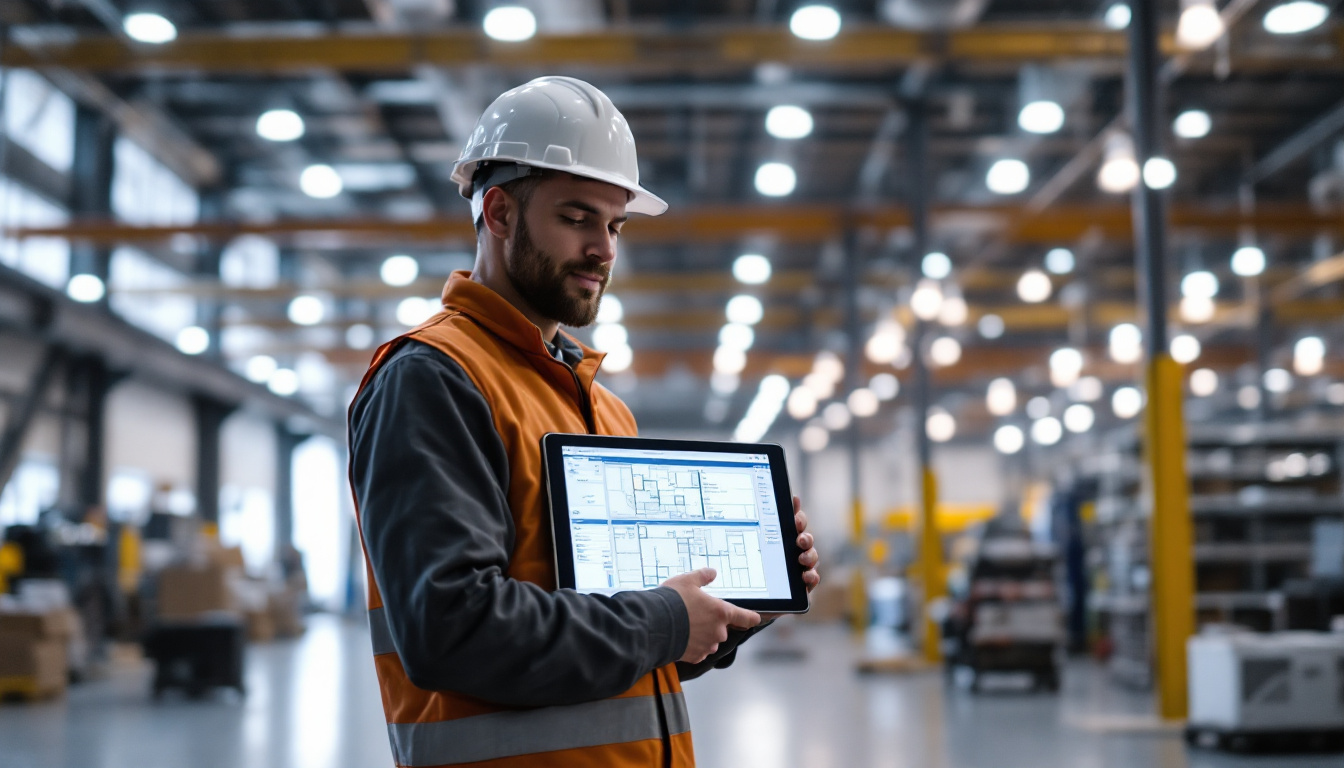
Discover the ultimate guide to mastering high bay lighting layouts with our comprehensive tool designed specifically for lighting contractors.
Get notified when NEW deals are released.
Optimize your budget with wholesale discounts.
Only top-quality, specification-grade lighting products.
No additional costs at checkout - what you see is what you pay.
We understand the unique needs of contractors.